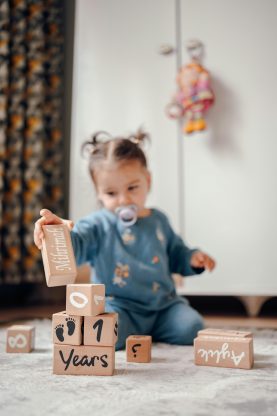Table of Contents
Establishing Open Communication with your babysitter is the first step in creating an effective emergency plan. Make sure to thoroughly discuss your expectations, rules, and any specific concerns you may have regarding your child’s care. Encourage your babysitter to ask questions and seek clarification on anything they are unsure about. It’s important to establish a line of open communication so that your babysitter feels comfortable reaching out to you in case of an emergency.
Providing Detailed Instructions is crucial for ensuring your babysitter knows how to handle various situations that may arise while caring for your child. Make sure to provide detailed information on your child’s routines, preferences, allergies, and any medications they may require. Include instructions on how to prepare meals, handle bedtime routines, and manage behavior issues. Provide contact information for yourself, as well as any other emergency contacts, in case your babysitter needs to reach someone quickly.
Creating a Safety Checklist can help ensure that your babysitter is well-prepared to handle emergencies. Include important details such as your home address, directions to the nearest hospital, and the location of emergency supplies like first aid kits and fire extinguishers. Make sure your babysitter knows where to find important documents such as medical insurance cards and a list of emergency contacts. Having a safety checklist on hand can help your babysitter stay calm and focused in stressful situations.

Preparing for Medical Emergencies is an essential part of any emergency plan. Make sure your babysitter is familiar with basic first aid procedures, such as how to perform CPR and treat minor injuries. Provide clear instructions on how to handle common medical issues such as allergic reactions, fevers, and stomachaches. Make sure your babysitter knows when to call 911 and how to provide essential information to emergency responders. It’s also a good idea to have a list of your child’s medical conditions, allergies, and medications easily accessible in case of an emergency.
Establishing Emergency Contacts is the final step in creating a comprehensive emergency plan for your babysitter. Make sure your babysitter has a list of important contacts, including your phone number, the numbers of other family members or neighbors who can help, and the contact information for your child’s pediatrician. Encourage your babysitter to keep these numbers saved in their phone and posted in a visible location in your home. Having a list of emergency contacts readily available can help your babysitter act quickly and decisively in case of an emergency.
In conclusion, creating an emergency plan for your babysitter is an essential step in ensuring your child’s safety while you are away. By establishing open communication, providing detailed instructions, creating a safety checklist, preparing for medical emergencies, and establishing emergency contacts, you can help your babysitter feel confident and competent in caring for your child. Taking the time to develop a thorough emergency plan will provide you with peace of mind knowing that your child is in good hands, no matter what situations may arise.










